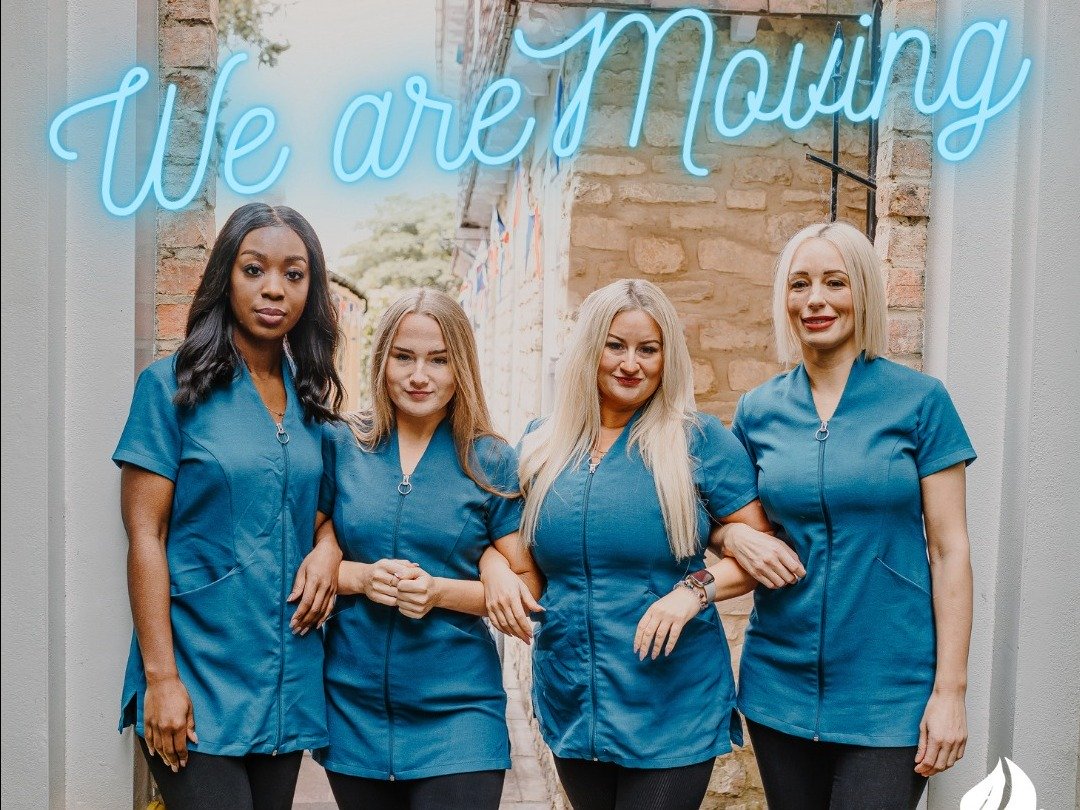BLOG
Displaying : 1 - 9 of 26
16 Sep
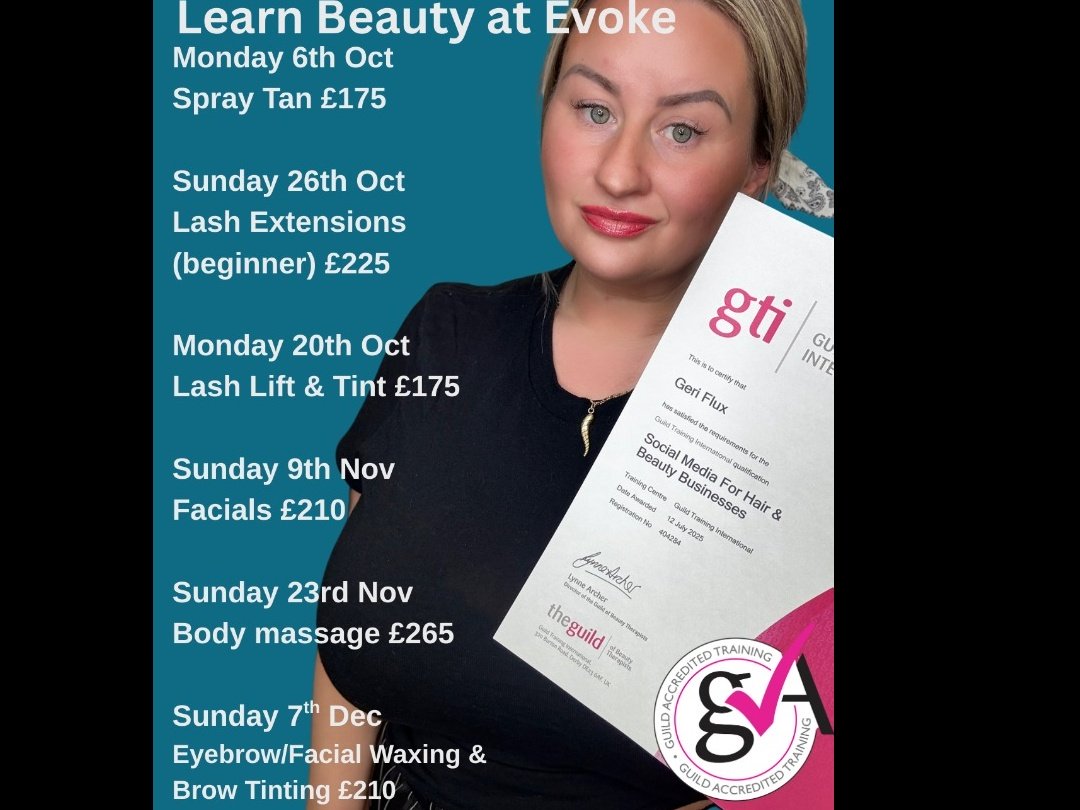
🚀 LEVEL UP YOUR BEAUTY CAREER 🎓
Want to start a new career in beauty or add extra treatments to your skills? Our GTi Beauty Guild... Read More13 Mar
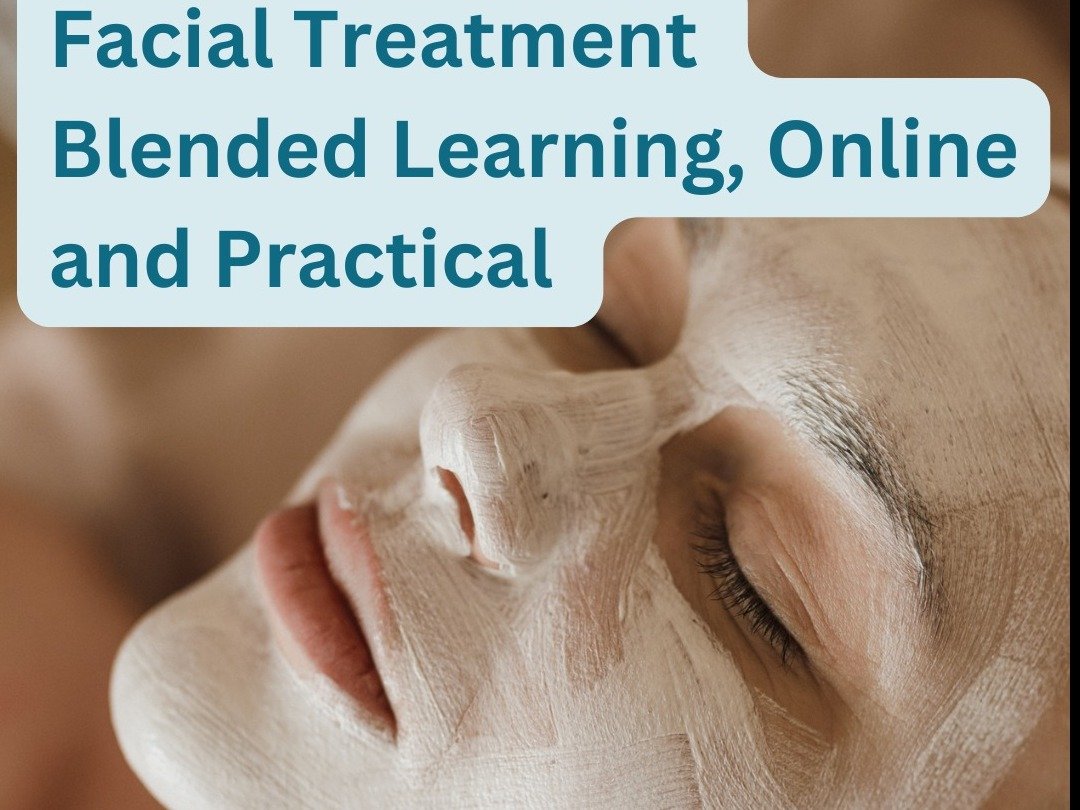
Learn how to perform facial clients
✨ Learn to Perform Professional Facials – Accredited Course ✨ Ready to kickstart... Read More06 Mar
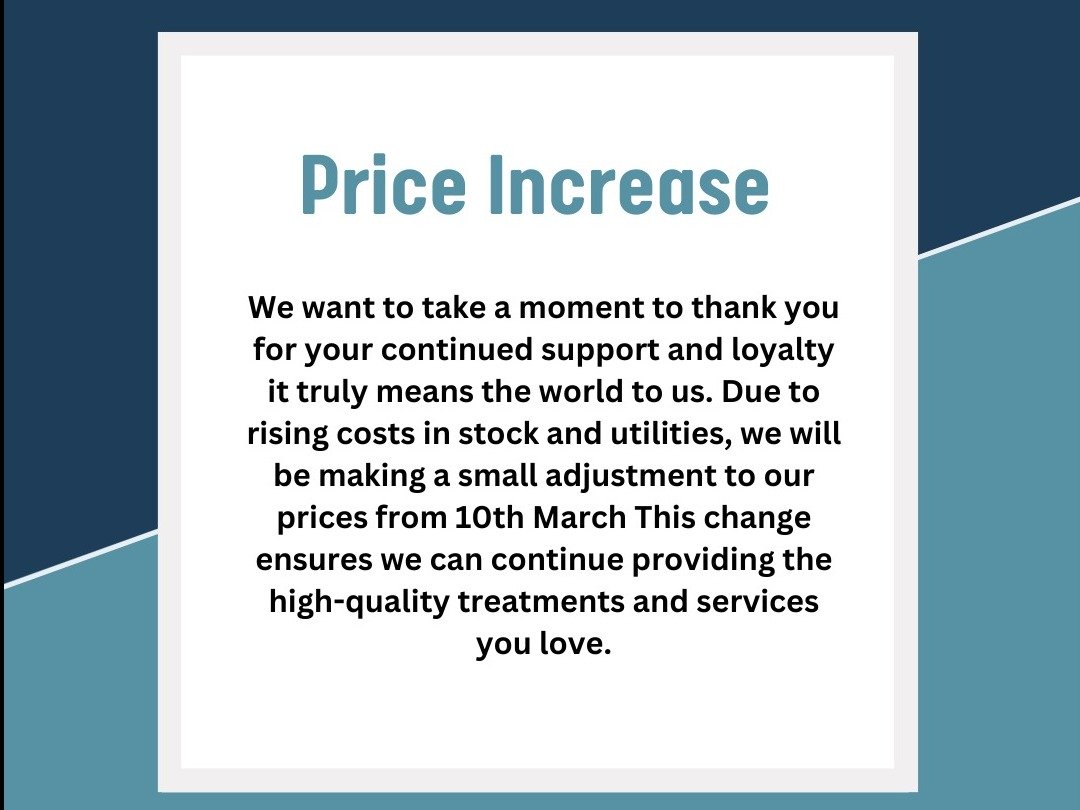
Price Increses
We want to take a moment to thank you for your continued support and loyalty—it truly means... Read More06 Mar

🚀 LEVEL UP YOUR BEAUTY CAREER – STUDY ONLINE! 🎓
🚀 LEVEL UP YOUR BEAUTY CAREER – STUDY ONLINE! 🎓 Want to boost your skills and... Read More06 Mar
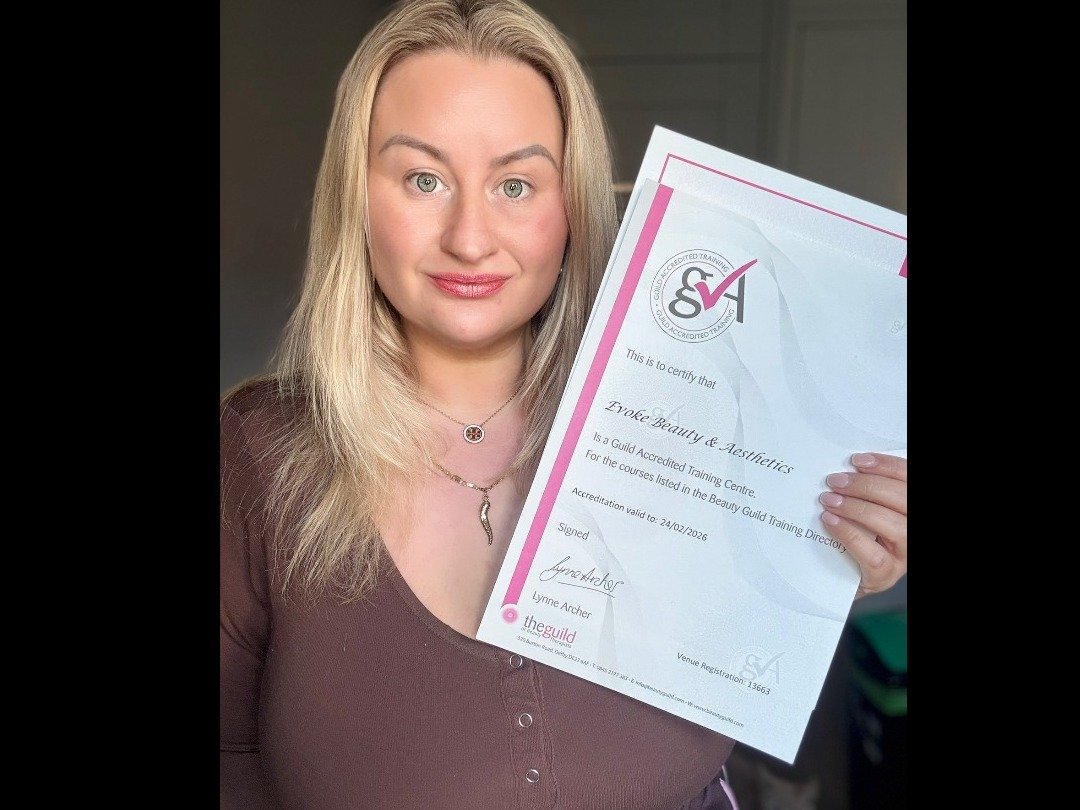
Taking Evoke to the next level
Exciting News! ✨ I’ve been working really hard behind the scenes to take Evoke to... Read More24 Jan
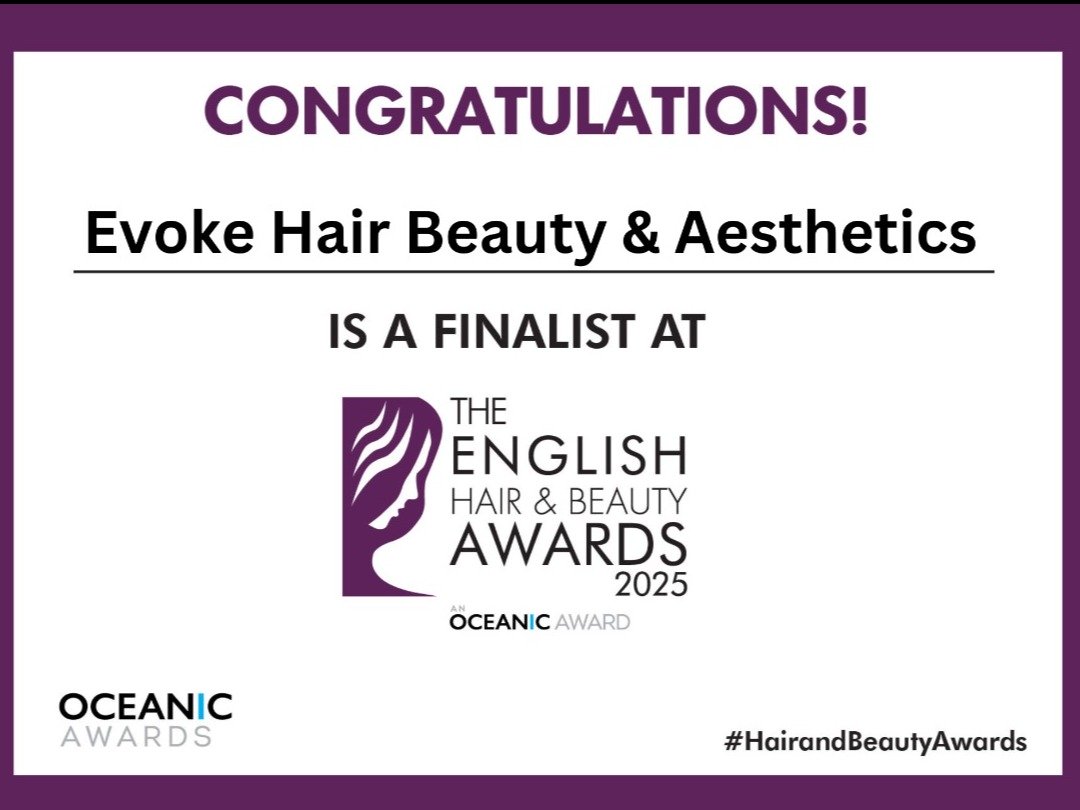
The English Hair and Beauty Awards
We are overwhelmed and supper excited to announce we have been nominated for an award “best... Read More11 Sep
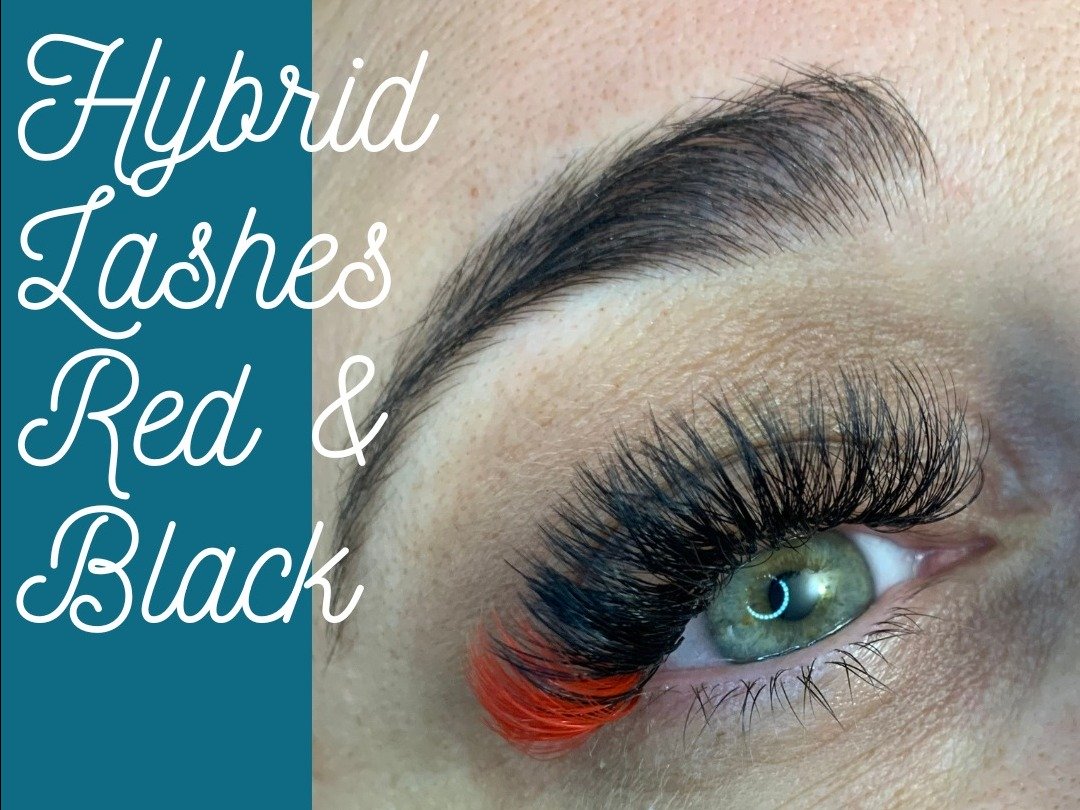
Lash Extensions Explained
Title: A Guide to Lash Extensions: Exploring Different Types Lash extensions have taken... Read More22 Apr

MK Inspiration Awards
Lots of our clients have met Emily Haig, she spends a lot of time in the salon, she will even... Read MoreSearch
Categories
- New
- App
- 25%
- Discount
- Website
- Launch
- #chinaglazw
- #cinanails
- #ardelllashes
- #crystallite
- #californiamango
- #marvelbrow
- #marvellash
- #OPI
- #babelash
- #miltonkeynes
- #tanning
- #beautysalon
- #sallyssalonservices
- #stonystratford
- #lashes
- #lashextenions
- #competition
- Vitamin
- D
- Mushrooms
- Health
- Philip
- #christmaspartystonystratford
- #christmasnails
- #lashextensions
- #eyelashes
- #beauty
- #free
- #freetan
- #freetanning
- #freetanningday
- #sunbed
- #freesunbed
- #discounts
- #discountchristmasshopping
- #christmasshopping
- #gifts
- #christmaslights
- #spraytan
- new
- year
- start
- stony
- stratford
- salon
- fitness
- beauty
- business
- milton
- keynes
- thank
- you
- stonystratford
- therapist
- covid-19
- nail
- tech
- lash
- trading
- standards
- citizen
- advice
- closed
- open
- massage
- facial
- pedicure
- gel
- polish
- corona
- virus
- home
- self
- care
- moroccan
- oil
- argan
- coconut
- nails
- press
- on
- australian
- gold
- wella
- nivea
- shea
- butter
- eyelure
- collagen
- face
- mask
- white
- to
- brown
- tan
- boot
- camp
- tanning
- person
- trainer
- coffin
- glitter
- lip
- plumping
- manicure
- jobs
- job
- vacancy
- extensions
- Beauty
- Salon
- brows
- lashes
- we
- are
- opening
- hours
- sun
- beds
- evoke
- wellbeing
- brow
- wax
- lamination
- lift
- wolverton
- aesthetics
- hair
- mkinspirationawards
- Emily
- Haig
- Performing
- arts
- singer
- soprano
- #MiltonKeynesLashes
- #LashExtensionsMK
- #LashGoalsMiltonKeynes
- #VolumeLashesMK
- #ClassicLashesMK
- #LashTechMiltonKeynes
- #MiltonKeynesBeauty
- #LashArtistMK
- #LashExtensionsSpecialist
- #MKBeautyServices
- #EyelashExtensionsMiltonKeynes
- awards
- hairdresser
- colourist
- EvokeSalon
- GuildAccredited
- MGTL
- BeautyTraining
- Grateful
- Since2005
- EnglishHairAndBeautyAwards
- Training
- CPD
- Courses
- Business
- LevelUp
- Learn
- From
- Home
- prices
- FacialC
- ourse
- Guild
- Accredited
- Milton
- Keynes
- Therapist
- Facial
- Skincare
- Course
- Education
- MK
- Facials
- beautyT
- herapist
- Life
- Train
- With
- The
- Best



